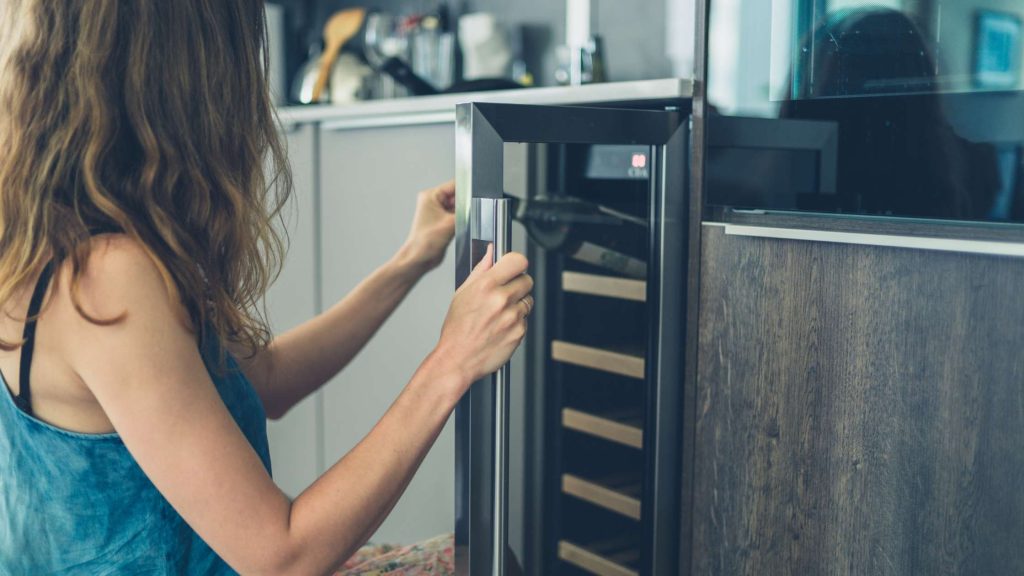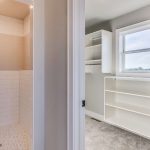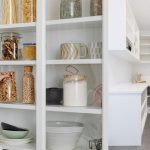When you’re deciding between freestanding and built-in wine coolers, one fascinating aspect is how each type can dramatically impact your living space. Freestanding units are versatile, allowing you to move them around as needed, while built-in models offer a sleek, integrated look that can elevate your kitchen’s design. But the choice isn’t just about aesthetics; it also involves practical considerations like temperature control and energy efficiency.
You might be wondering how these factors align with your budget and wine collection needs. So, which type suits your lifestyle best?
Overview of Freestanding Wine Coolers
Freestanding wine coolers are self-contained units that offer flexibility and portability, making them ideal for those with smaller collections or who need adaptable storage solutions.
You’ll love their freestanding features, including sleek design styles and ease of movement.
These coolers often have glass doors, giving you a clear view of your collection. Their portability means you can place them anywhere in your home without hassle.
Their advanced cooling technology ensures your wine stays at the perfect temperature.
For maintenance, regularly clean the cooling vents and check door seals to maintain efficiency.
With various design styles available, you can find one that matches your decor while enjoying the convenience and flexibility these units offer.
Overview of Built-In Wine Coolers
While freestanding wine coolers offer flexibility, built-in wine coolers provide a seamless, integrated look that enhances your home’s aesthetic.
When considering design aesthetics, built-in models blend effortlessly with your cabinetry, offering a polished appearance.
Installation considerations are crucial; you’ll need precise measurements and professional help for a perfect fit.
Maintenance requirements for built-in coolers often involve ensuring proper ventilation to avoid overheating.
Brand comparisons show that top-tier models like Sub-Zero and Thermador are popular for their reliability and advanced features.
User experiences often highlight the convenience and elegance these units bring to a kitchen.
Ultimately, built-in wine coolers not only keep your collection at the optimal temperature but also add a sophisticated touch to your living space.
Space Requirements
When considering space requirements for your wine cooler, ensure you measure the available area accurately to avoid installation issues.
For built-in units, consider installation considerations and how they’ll fit within your kitchen cabinets or walls. This choice enhances design aesthetics by seamlessly blending with your decor.
Freestanding coolers offer more portability options, making them ideal if you frequently rearrange your space or move homes.
Consider how often you’ll use your wine cooler. Built-ins suit those with larger collections and frequent usage, while freestanding models are great for smaller collections and occasional use.
Maintenance requirements also vary; built-in units may need professional servicing, whereas freestanding ones are generally easier to manage yourself.
Temperature Control
Accurate temperature control is vital for preserving the quality and flavor of your wine collection.
Freestanding wine coolers usually offer single-zone cooling, providing consistent temperature stability for a smaller collection.
Built-in models often excel with advanced cooling technology, featuring dual or multiple temperature zones for different wine types.
Both types ensure reliable humidity control, which is essential for cork integrity and wine preservation.
Freestanding units are generally more adaptable to different climates, making them versatile.
Built-in coolers, however, benefit from superior insulation and better climate adaptability within a fixed space.
Choose based on your needs: for flexibility and ease, go freestanding; for precise, long-term storage, consider a built-in option.
Cost and Budget
Considering the cost and budget is crucial when choosing between freestanding and built-in wine coolers.
Freestanding units often have lower upfront costs, making them an attractive option for tight budgets. However, built-in coolers may offer energy savings over time, offsetting their higher initial price.
Keep in mind that installation expenses for built-in models can be significant. On the other hand, built-in coolers might increase your home’s resale value, making them a smart, long-term investment.
Both types come with their own maintenance costs, but built-in units generally require more upkeep.
Weigh these factors carefully to ensure you’re making the best choice for your financial situation and wine collection needs.
Home Value Impact
Installing a built-in wine cooler can enhance your home’s value by adding a touch of luxury and sophistication. It seamlessly integrates into your kitchen design, boosting home aesthetics and appealing to buyer preferences.
Potential buyers often view built-in wine coolers as a mark of a high-end lifestyle, which can positively impact your home’s resale potential. By incorporating such an appliance, you’re not only elevating your kitchen design but also ensuring it aligns with modern lifestyle compatibility.
- Resale potential: Increases attractiveness to potential buyers.
- Home aesthetics: Enhances the visual appeal of your kitchen.
- -Buyer preferences: Meets the demand for luxury kitchen features.
Choosing a built-in wine cooler could be a smart investment in your home’s future value.
Collection Size Flexibility
When choosing a wine cooler, you’ll need to consider how well it can adapt to your collection’s changing size and needs.
A freestanding wine cooler offers excellent collection growth potential and relocation ease, making it ideal if you frequently move or rearrange your home. It also allows flexibility in wine variety storage, catering to different user preferences.
However, built-in wine coolers are designed for aesthetic integration, blending seamlessly with your kitchen or bar area. They can be customized for larger collections, though they lack the mobility of freestanding units.
Ultimately, consider whether you prioritize easy relocation and flexible storage or a more permanent, integrated solution that enhances your home’s design.
Energy Efficiency
Evaluating energy efficiency in wine coolers is crucial for both cost savings and environmental impact.
When comparing freestanding and built-in models, you’ll notice differences in energy consumption and efficiency ratings. Built-in coolers often have better insulation, which can lower operational costs and offer long-term savings. Additionally, many built-in units come with eco-friendly features like energy-efficient compressors.
Freestanding units might have higher energy consumption due to less efficient insulation and design. However, they can still offer decent efficiency ratings suitable for smaller collections and less frequent use.
Consider the following:
Built-in units: Lower operational costs, potential long-term savings.
Freestanding units: Higher energy consumption, moderate efficiency ratings.
Eco-friendly features: Essential for reducing environmental impact and energy bills.
Choose wisely for a balance between cost and sustainability.
Elevate Your Wine Collection with Royal Palm Closet Design & Fine Cabinetry
So, which wine cooler should you choose? It all hinges on your unique needs and lifestyle.
Imagine the flexibility and lower cost of freestanding units, but don’t dismiss the seamless integration and potential home value boost of built-ins. The suspense lies in your decision. Which will you select? Weigh the pros and cons carefully, and you’ll find the perfect wine cooler that aligns with your preferences and enhances your wine collection experience.
At Royal Palm Closet Design & Fine Cabinetry, we specialize in custom cabinetry and full renovation design.
Our expert team can help you seamlessly integrate a built-in wine cooler into your home, enhancing both functionality and aesthetic appeal.
Whether you opt for a freestanding unit or a built-in one, we’ll ensure it fits perfectly within your space. Trust us to elevate your home with bespoke solutions tailored to your unique needs.









